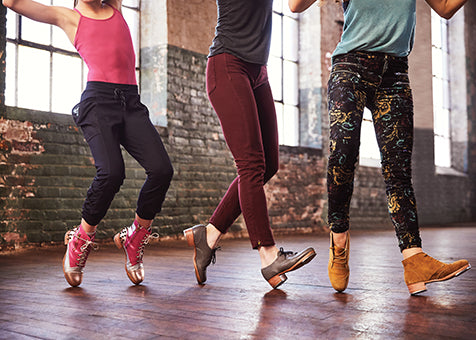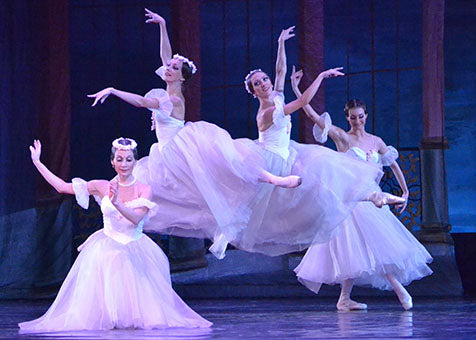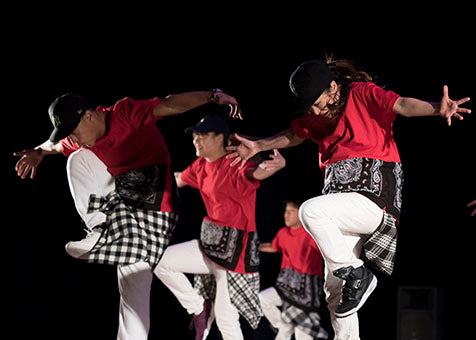Dance is an incredible and exciting expression of emotion. The blend of athleticism and artistry results in performances that thrill audiences around the world. Whether you’ve never danced before or are simply wanting a refresher, we’ll be going over some of the most popular styles of dance in this post.
Ballet
As quite possibly the most well-known style of dance in the world, it felt right to start our list off with ballet. This light and elegant style is the foundation for many other forms of dance, and most studios today recommend that all dancers take ballet alongside whichever style they love most. Despite what most people believe, ballet doesn’t originate from France. It started off in Italy as a form of dance that nobles would perform for one another in the courts. These performances were a way for kingdoms to display their wealth and power by making them as extravagant as possible. It eventually migrated to France and Russia, where it evolved into a form of concert dance (dance performed on a stage for an audience). Ballet is now performed around the world and continues to change and grow as techniques progress.
Jazz
Next up on our list is jazz dance. Jazz started in the early 1900s and developed alongside jazz music, hence the name. It was popular because the improvisation could be passed around to different dancers, resulting in an almost conversation-like performance that mimicked jazz music. Initially a social dance that held roots in African slave dances, jazz was almost exclusively performed in African American communities until the mid 1900s, when it developed into a theatrical style of dance. In the 1950s, jazz was influenced radically by Katherine Dunham, who introduced movements from Latin American and Caribbean dance. Today, jazz dance has a strong presence in theatre and in studios around the world.

Tap
Tap is an exciting style of dance that focuses mainly on the intricate footwork involved to create a pattern of sounds that’s pleasing to the ear. While historians can’t seem to agree on where tap truly originated from, the dominant theory at the moment is that it developed in American urban centres where people from a wide range of ethnic backgrounds began making percussive sounds that mimicked the repetitive noises of the machine age. A number of similarly percussive dance styles can be found in African tribal, Irish, Scottish, and English cultures and are all attributed as having helped develop today’s style of tap. This style of dance is found in theatres, on television, and in studios all over the planet.

Lyrical
Lyrical is the youngest style of dance on our list, having only really emerged in the 1990s. This emotive and elegant style is blended between jazz and ballet to form something that’s slower than jazz, but faster than ballet. Lyrical features music with lyrics that inspire the movement performed by the dancer, and dancers will often choose music that resonates with them. The nature of this dance places more emphasis on the emotion of the piece than the technique. Lyrical is heavily featured on television today, performed on shows like So You Think You Can Dance, and is also wildly popular at studio competitions.

Hip-Hop
Hip-hop started in the streets of the 1970s US and grew out of a wide range of dance styles like popping, locking, and breaking. The dance industry eventually adopted it and created commercial hip-hop and a style of jazz influenced by hip-hop called jazz funk. Commercial hip-hop and jazz funk are often taught in studios across North America, and are featured regularly at studio competitions. Street crews today typically rely more heavily on the classic style of hip-hop and can be seen performing in urban centres around the globe. Beyond the street, a number of countries now host hip-hop competitions where winners can take home large sums of money and a sense of accomplishment.
We hope you enjoyed our post on popular dance styles. If you have any dancewear related questions, feel free to reach out and get in touch with us to let us know.




Comments (0)
Back to Dance News & How To's